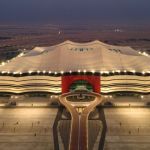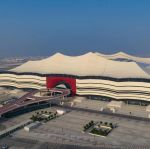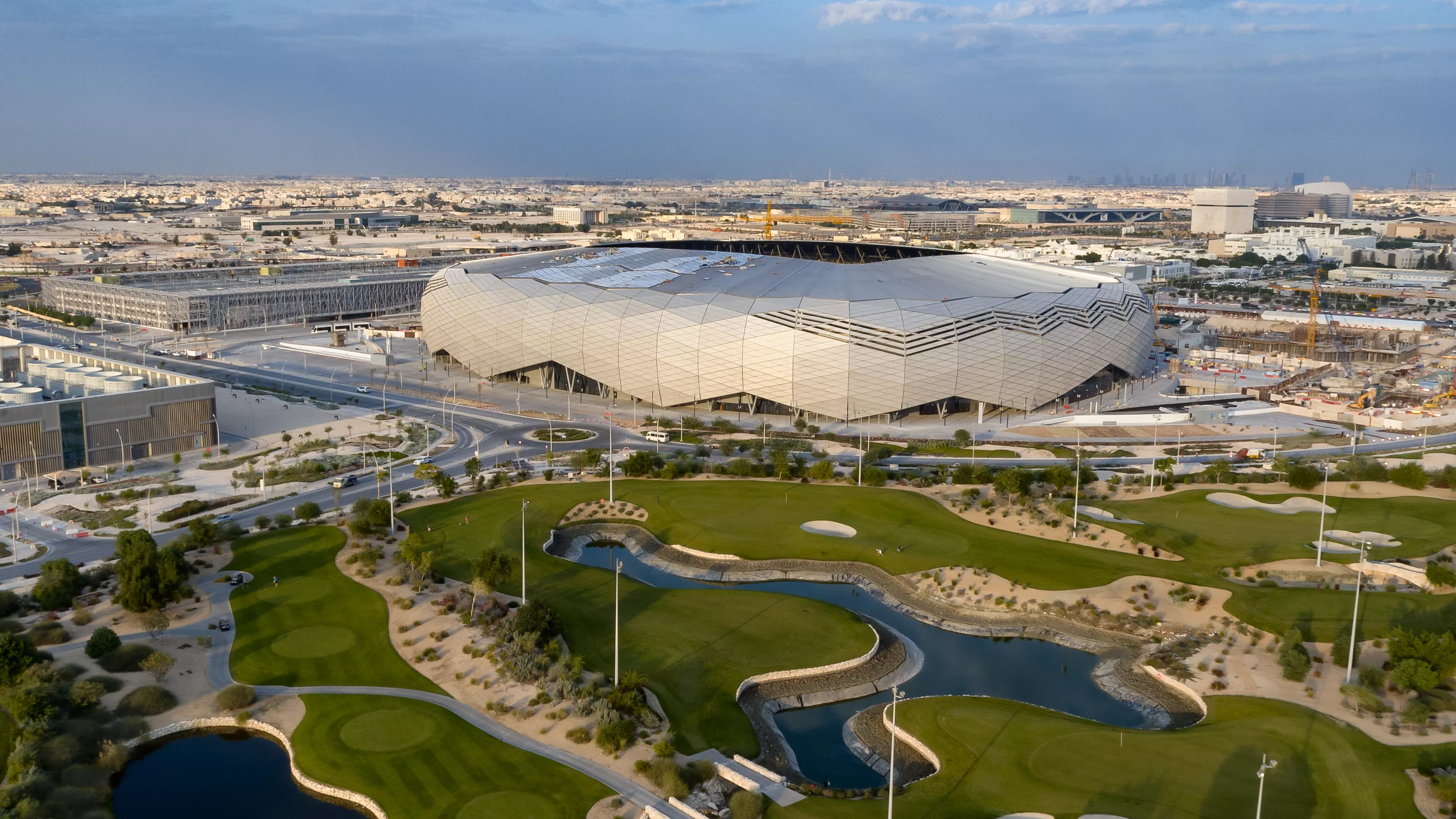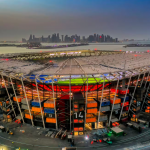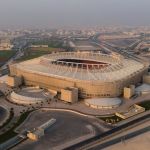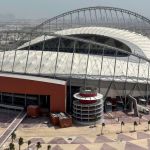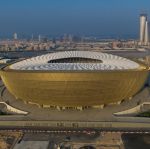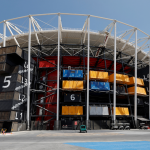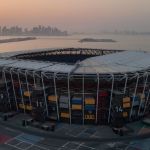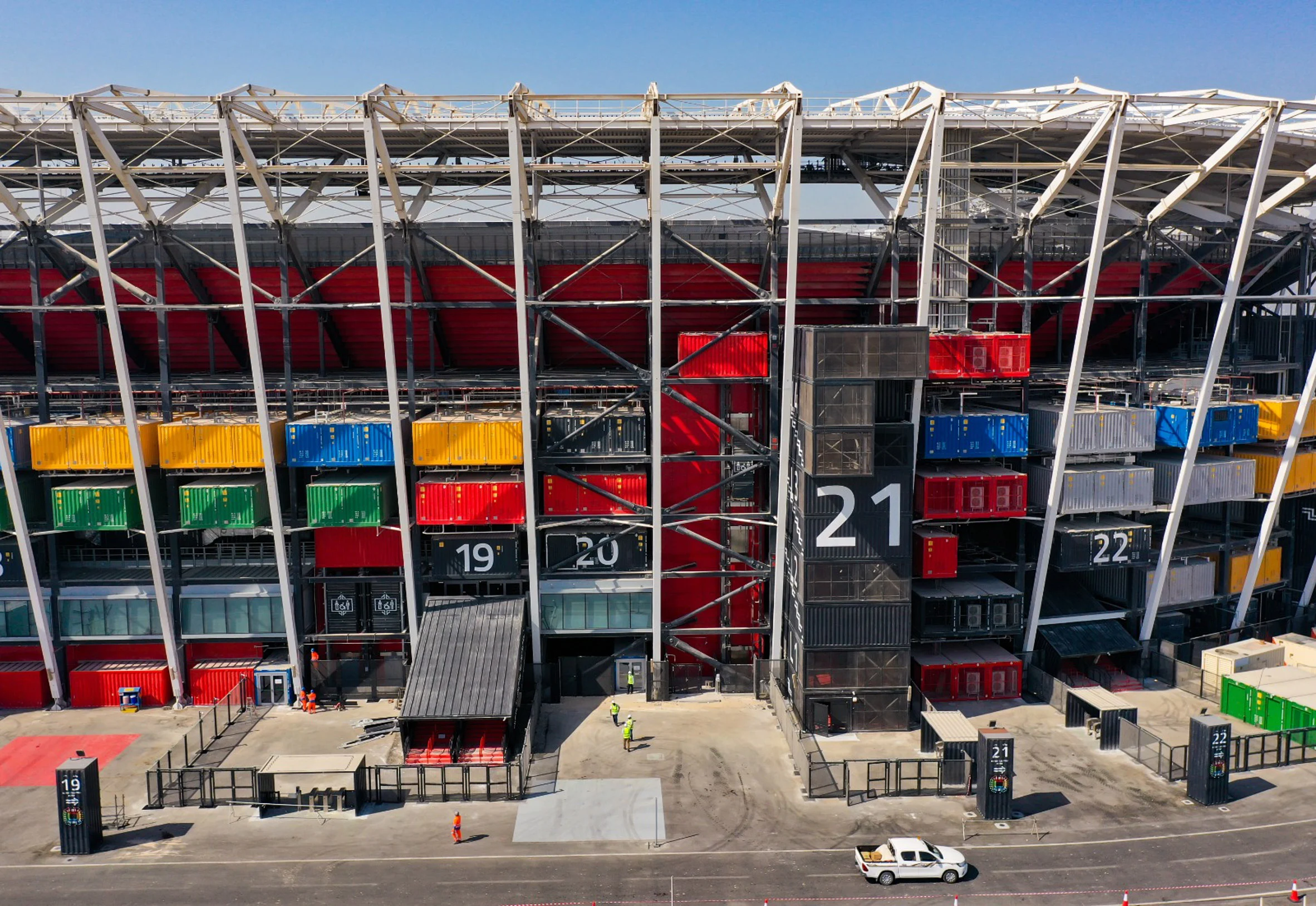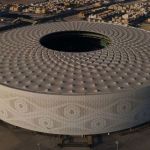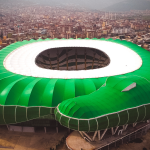
Where the Qatar 2022 stadiums will go?
Some dismantled, some transformed and only a few that will remain as seen at the World Cup
November 30th, 2022
The World Cup in Qatar is now in full swing, amidst surprise results and confirmations: above all, as far as the latter are concerned, the great firepower of Brazil and France, the two big favourites for the final victory. But the stadiums built for this World Cup continue to hold the headlines. Impressive and modern structures that at the same time also bring with them a question: what will happen to them once the competition is over, given the little football culture in the Arab country? The answer is given by Qatar itself, which has presented a dossier outlining in detail how it intends to move after the final whistle of this World Cup.
The general concern is to avoid what happened in the last three editions of the top intercontinental competition. For Russia 2018, some 11.6 billion dollars were spent on the construction and renovation of the 12 stadiums used; to date, only eight of these are being used at reduced capacity, with practically no economic return for the country. The same happened with the facilities built for the World Cups in South Africa and Brazil, with many of them then falling into disuse and being practically abandoned. They are called 'White Elephants', gigantic constructions built in the desert, with no real long-term purpose and without all the collateral services to make them the connective tissue of cities. And Qatar's objective is precisely that of not throwing these works to the wind, with seven stadiums built from scratch and one already existing since the 1970s, through a well-defined plan to reconvert the structures. The first step will be to reduce the capacity of the facilities that will remain standing, reducing it to 40,000 seats, allocating all the seats exported and obtained from these downsizing works to poorer countries in need of sports infrastructure.
Qatar 2022's most unique stadium is certainly Stadium 974, a name due both to the 974 steel shipping containers used in its construction and to the international telephone prefix of the host country. This is the first facility that can be completely dismantled and thus, at the end of the World Cup, will be removed and no longer exist. The idea of the Arab country is to allocate this area to a waterfront commercial development project, according to the environmental sustainability project that this World Cup wants to follow. The Al Bayt Stadium, which hosted Qatar's historic first match at the World Cup against Ecuador and which simulates the shape of the Bayt Al Sha'ar, the traditional tent of the country's Bedouin nomads, will see its capacity reduced from 60,000 to 40,000 seats after the end of the competition, with the entire first ring to be used for various activities: from a sports medicine hospital to a luxury hotel, shopping centres and various other activities.
The Education City Stadium is located in the university complex of the Qatar Foundation and will continue its 'educational' purpose after the World Cup. The 40,000 seats will be halved and it will be used as a facility for students at the local university. Ahmad Bin Ali Stadium and Al Janoub Stadium, on the other hand, will continue their footballing life. The capacity of these facilities will also be increased to around 20,000 seats and will be used for the expansion of Qatar's football culture. The teams of the Qatar Stars League will then use them, with Al Rayyan and Al Wakrah taking over the two stadiums. What will happen to the Al Thumama Stadium, apart from the classic reduction of seats, has not yet been specified. The facility should be used for the country's sporting events and should also house a sports clinic.
Lusail Stadium, the 80,000-plus-seat facility that will host the 2022 World Cup final, will almost completely abandon its sporting concept to become a community centre. The interior spaces will be converted for citizens by building housing, school areas, shops, cafeterias and medical facilities. The Khalifa International Stadium, the only existing facility that has been heavily refurbished for the World Cup, will not undergo any changes. When the competition is over, it will remain intact in all its parts, will not be modified and will remain the stadium Qatari national team ready to host major football and sporting events in general. And as the decisive matches for the passage to the round of 16 unfold, the stadiums that host them, between Qatar's drive for modernity towards environmental sustainability and the working conditions for the construction of such facilities, remain the most conspicuous example of a World Cup full of contradictions.









